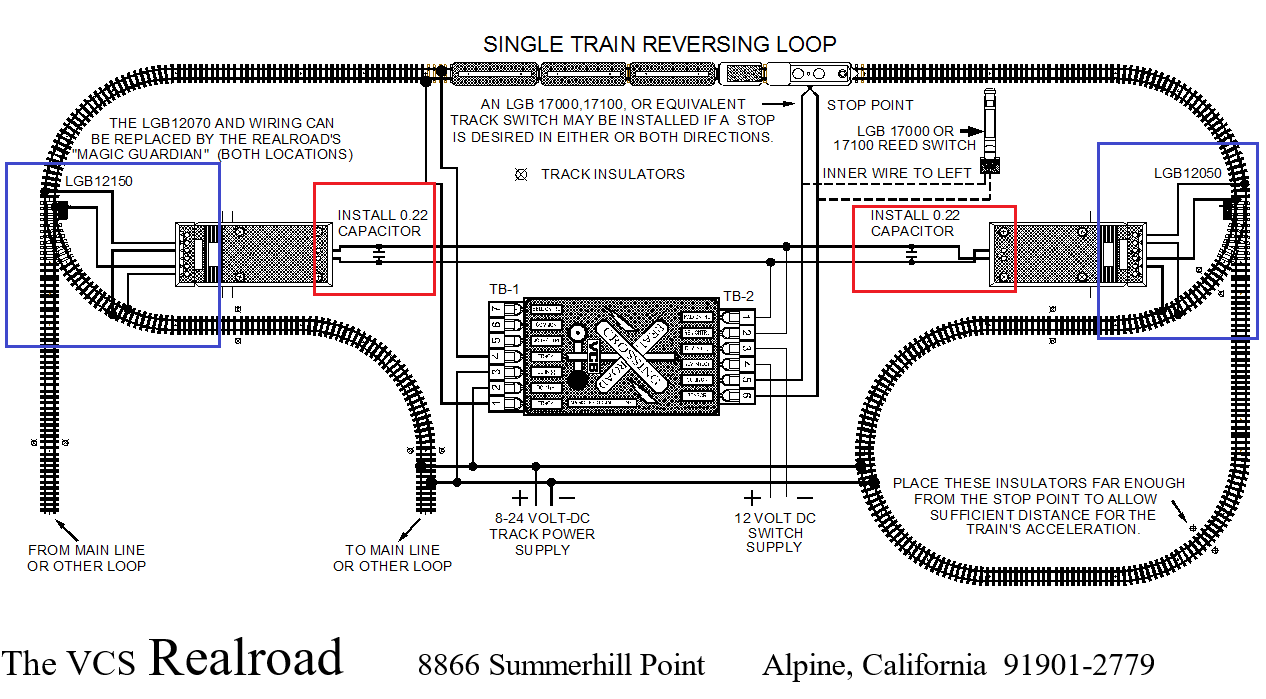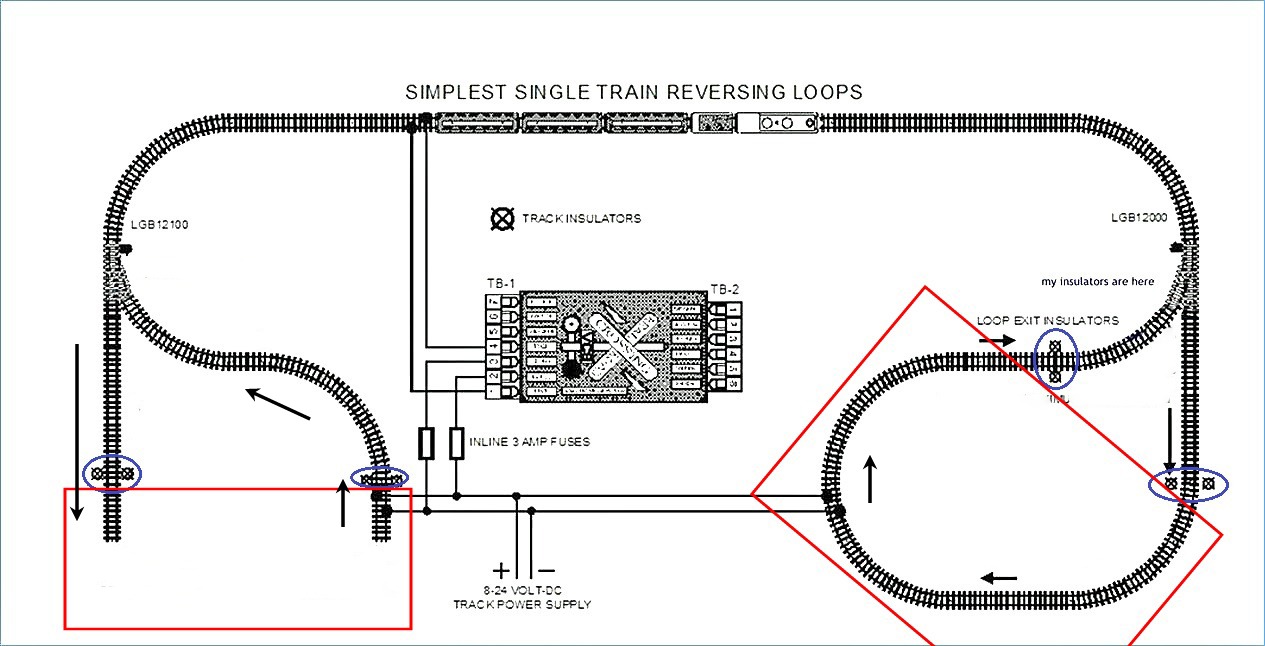I actually was able to fit lead under the pilot truck of this loco a number of years ago when the pilot wheels were coming off the track and that definitely made a difference. I’ve also tried to stretch the spring under the pilot truck but that does not seem to have made any difference.
There is one thing here that I did not mention and don’t know if it makes any difference. However, just prior to this all happening, the rubber traction wheel on one of the drivers snapped and broke apart. I do notice that the loco wobbles more side to side as it is moving down the track. Is it possible that without the traction wheel the loco is having issues going through the switch? It’s only the switch on the left reverse loop that is showing issues.
I’ve checked and cleaned the switch throwbar and mechanism and that has not made any difference. I can gently push the loco through the switch with no issue, the pilot does not come off the track. I haven’t tried to work with the actual spring within the switch yet. I will try that.



